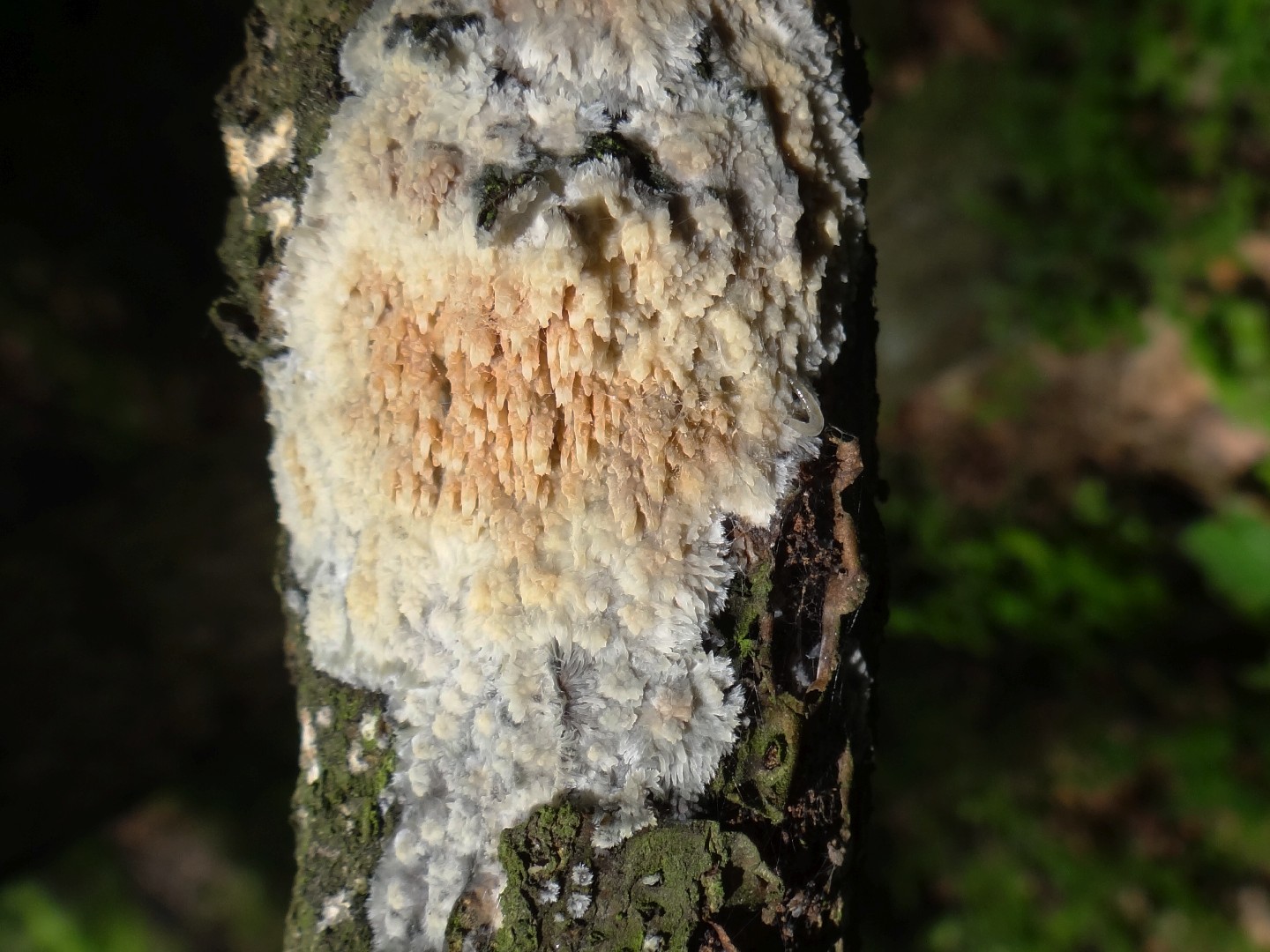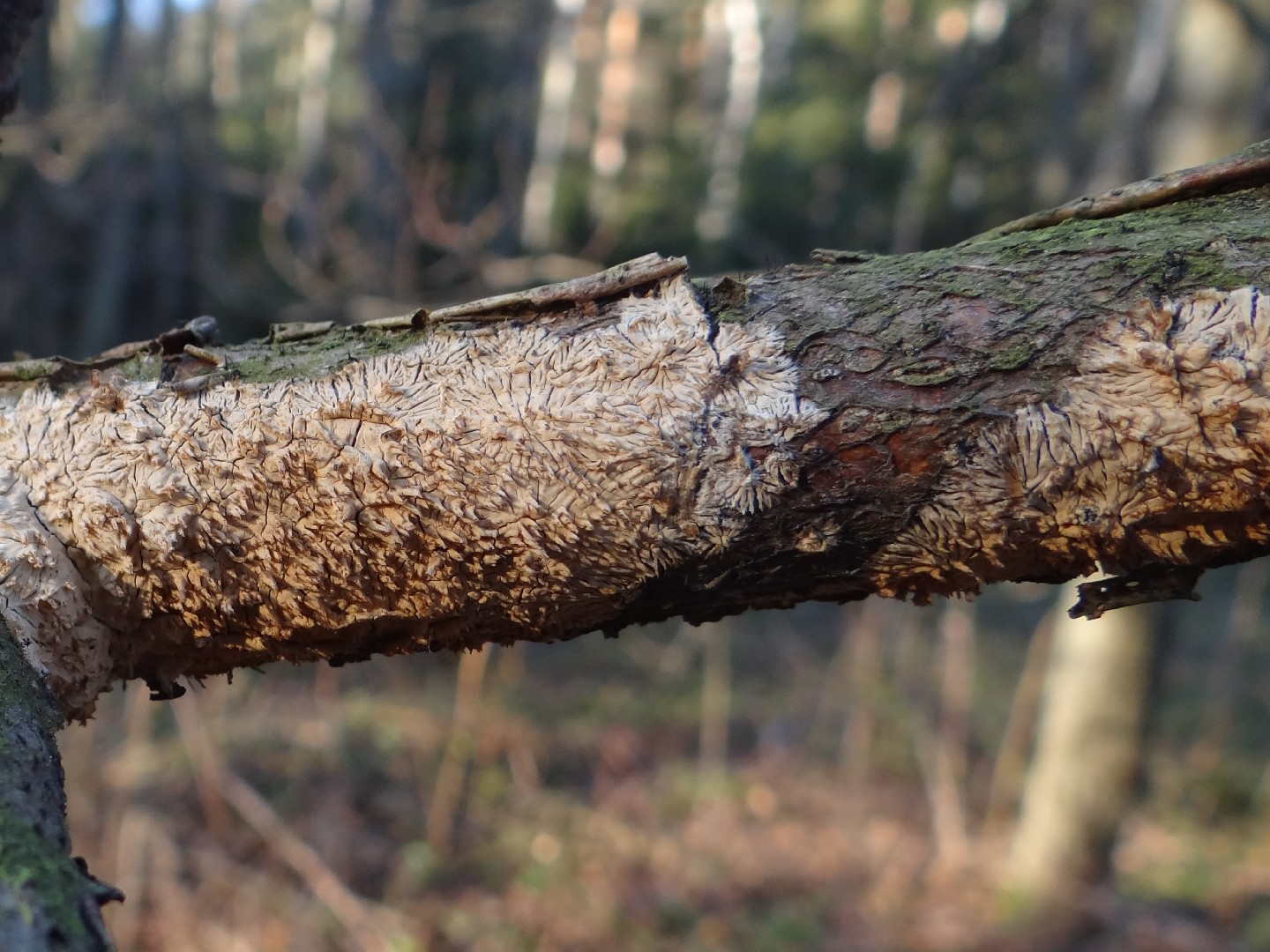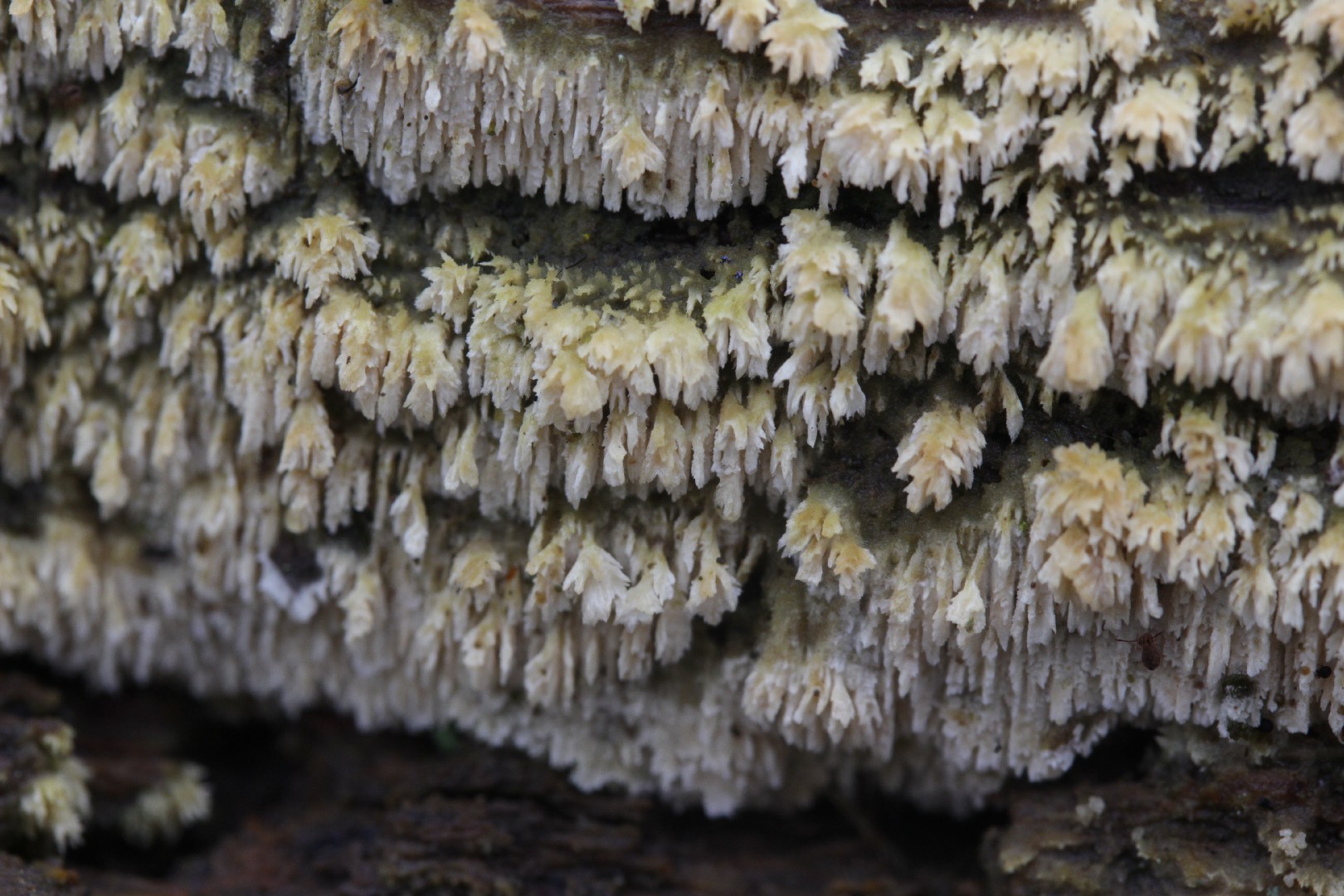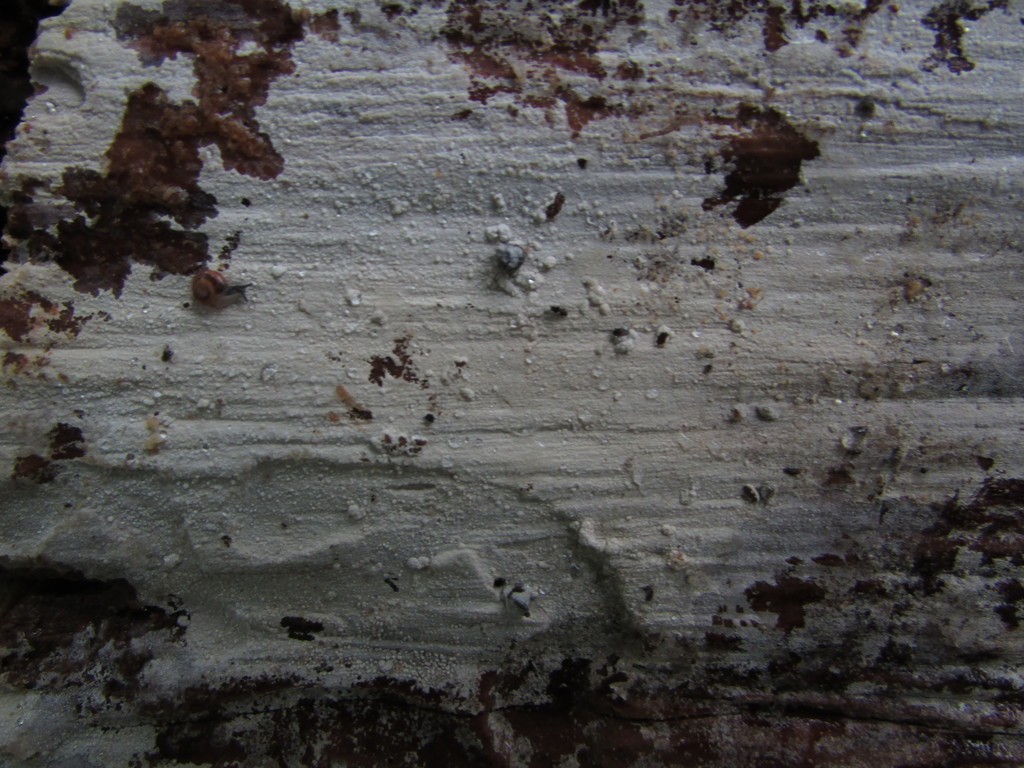Hyphodontia
Nom scientifique: Hyphodontia
Hyphodontia
Nom scientifique: Hyphodontia
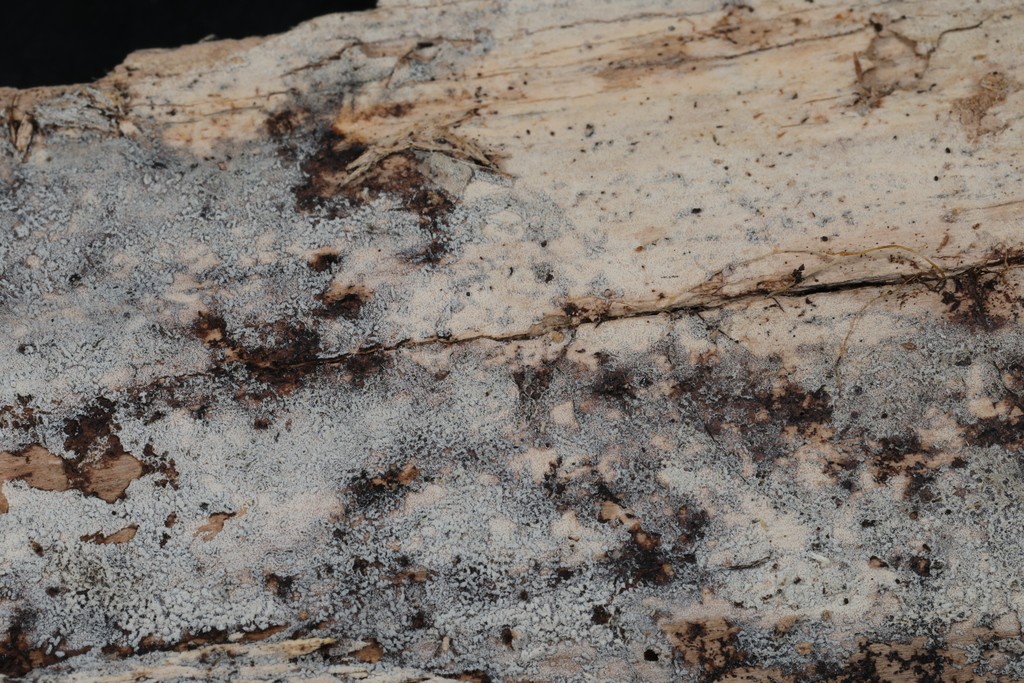 Photo By johnplischke , used under CC-BY-NC-4.0 /Cropped and compressed from original
Photo By johnplischke , used under CC-BY-NC-4.0 /Cropped and compressed from original La description
Hyphodontia est un groupe fascinant connu pour ses champignons croûteux qui apparaissent souvent sur le bois en décomposition. De nombreuses espèces de ce groupe produisent de minuscules projections complexes ressemblant à des dents ou des épines, ce qui les rend assez uniques en apparence. Ils jouent un rôle crucial dans les écosystèmes forestiers en décomposant le bois mort, contribuant ainsi au cycle des nutriments. Certaines espèces de hyphodontia peuvent également être identifiées par leurs motifs et textures distinctifs, ajoutant à la riche diversité des habitats du sol forestier.
Espèces de Hyphodontia
Classification scientifique
Phylum
Basidiomycètes Classe
Agaricomycetes Ordre
Hymenochaetales Famille
Schizoporaceae Genre
Hyphodontia 